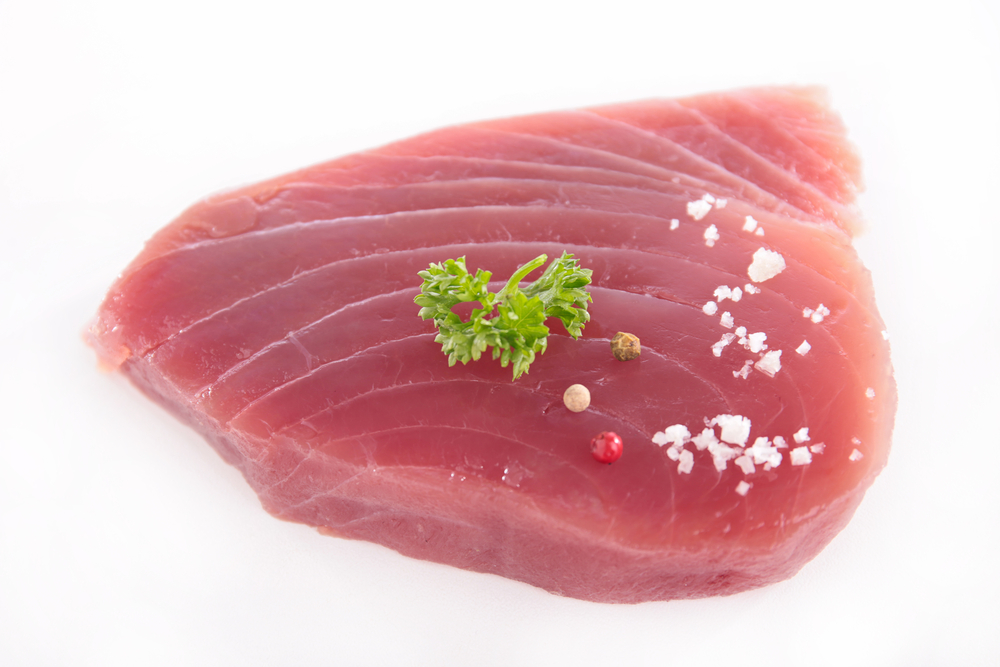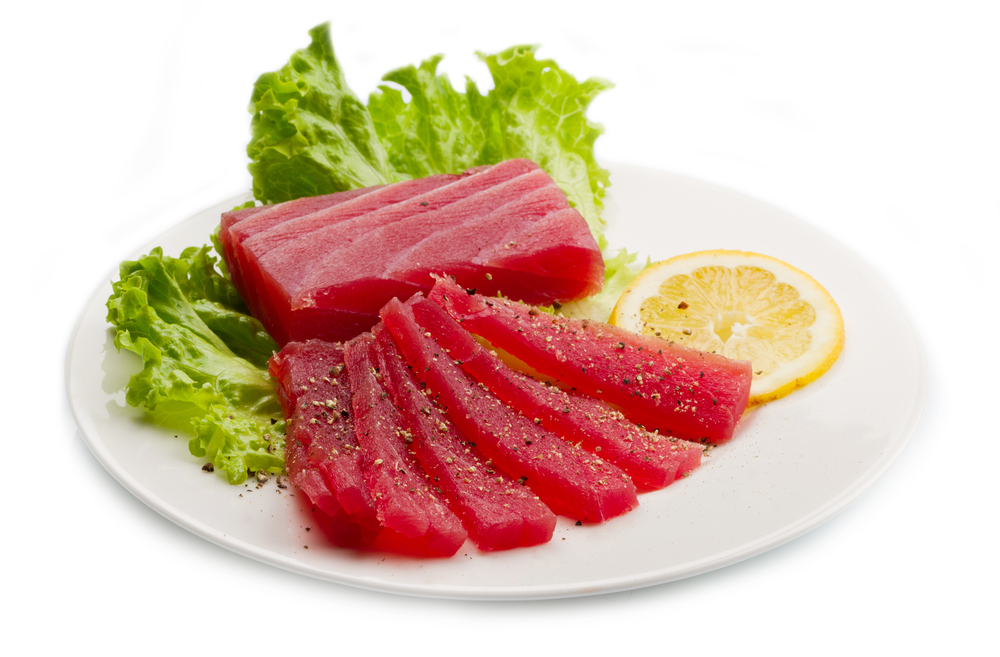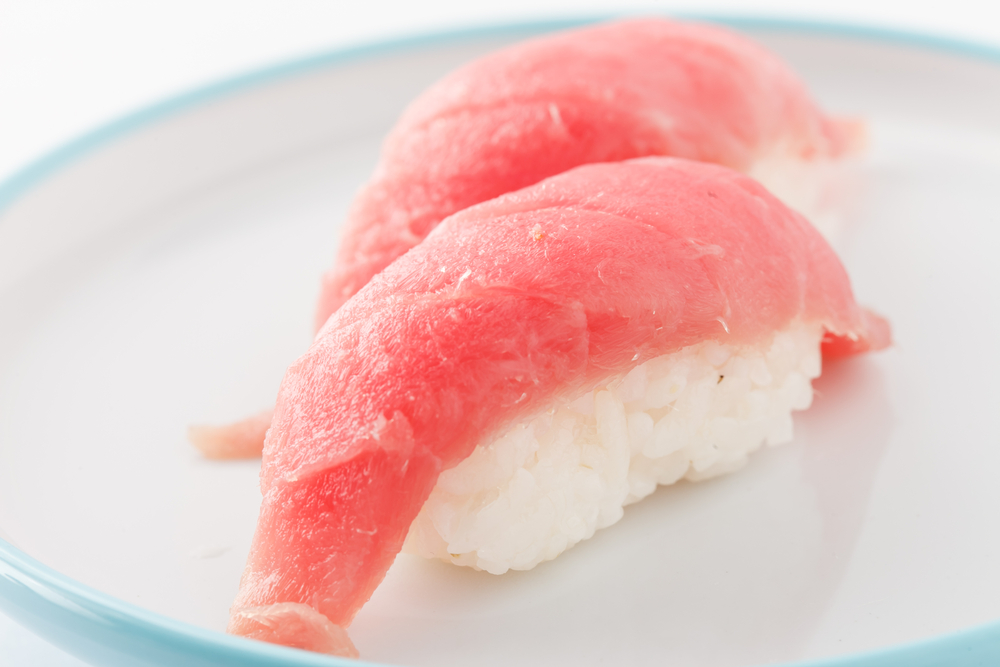Do you enjoy sushi? Do you like the taste of raw tuna? If so, you’re in luck – because raw tuna is a delicious and healthy food. However, before you go out and buy some fresh tuna to eat at home, there are a few things you need to know.
In this user’s guide, we’ll teach you how to safely consume raw tuna. We’ll cover everything from where to find it to how to prepare it.
Yes, you can safely eat raw tuna. In fact, raw tuna is a healthy food that is packed with nutrients.
Can You Eat Tuna Raw?
While tuna is most commonly associated with canned fish, it can actually be quite versatile. Tuna can be cooked in a variety of ways, including grilling, searing, and baking.
However, one of the simplest and most delicious ways to eat tuna is raw. When properly prepared, raw tuna is safe to eat and provides a unique culinary experience.
The key to eating raw tuna is to ensure that the fish is fresh. Tuna that has been frozen or previously frozen should not be eaten raw, as this can potentially lead to food poisoning.
When selecting tuna for raw consumption, look for bright red or pink flesh that is free of any brown spots or discoloration. The fish should also be firm to the touch and have a mild, ocean-like smell.
What are the Risks of Eating Raw Tuna?
While fresh, properly prepared raw tuna is safe to eat, there are a few risks to consider before consuming it, such as:

Food Poisoning
The biggest risk associated with eating raw tuna is the potential for food poisoning. Tuna is a predatory fish that feeds on other smaller fish and animals, which means it can accumulate high levels of mercury in its body.
If you eat too much mercury-contaminated fish, it can potentially lead to health problems, such as neurological damage, blindness, and kidney failure.
To avoid these risks, it’s important to only eat tuna that has been properly prepared and is fresh. If you’re unsure about the quality of the fish, it’s best to err on the side of caution and not consume it raw.
Allergies
While less common, some people may also be allergic to raw tuna. The symptoms of a tuna allergy are similar to those of other fish allergies and can include hives, swelling, difficulty breathing, and anaphylaxis.
If you’re allergic to fish, it’s important to avoid consuming raw tuna or any other type of fish.
Sushi-borne Illness
Another risk to consider is a sushi-borne illness, which is caused by consuming contaminated raw fish. This type of food poisoning can lead to symptoms such as nausea, vomiting, and diarrhea. To avoid sushi-borne illness, it’s important to only eat at reputable sushi restaurants that use fresh, high-quality fish.

Why Do People Eat Raw Tuna?
In addition to being delicious, there are a few reasons why people enjoy eating raw tuna, such as:
Nutrition
Even though there are some health risks associated with consuming raw fish, eating tuna raw can also offer some health benefits.
Tuna is a good source of protein and omega-3 fatty acids, which are beneficial for heart health. It’s also low in calories and fat, making it a healthy option for those watching their weight.
This fish is packed with nutrients that are essential for maintaining a healthy heart and brain.
Unique Culinary Experience
Additionally, eating raw tuna can provide you with a unique culinary experience. If you’re looking to try something new, sushi is a great option. This Japanese dish is made with raw fish, rice, and vegetables, and can be a fun and delicious way to change up your meal routine.
How to Safely Eat Raw Tuna
Raw tuna is a delicious and healthy way to enjoy this seafood favorite, but there are a few things to keep in mind to make sure you are eating it safely.

First, be sure to buy sushi-grade tuna from a reputable source. This type of tuna is safe to eat raw because it has been flash-frozen, which kills any potential parasites.
Second, avoid eating the skin or any dark areas of the fish, as these may contain bacteria.
Finally, be sure to thoroughly wash your hands and all surfaces that come into contact with raw tuna.
By following these simple guidelines, you can enjoy the benefits of eating raw tuna without any complications.
FAQs
Which fish can not be eaten raw?
There are a few types of fish that should not be eaten raw due to the risk of food poisonings, such as tuna, salmon, and mackerel. These fish can accumulate high levels of mercury in their body, which can be harmful if consumed in large quantities.
Is all tuna sushi grade?
No, not all tuna is sushi grade. Sushi-grade tuna is a type of tuna that has been flash-frozen to kill any potential parasites. This type of fish is safe to eat raw and is typically found at sushi restaurants or specialty markets.

Can you eat raw tuna steak from the grocery store?
It’s not recommended to eat raw tuna steak from the grocery store because it’s not sushi grade and may contain parasites. If you’re looking to eat raw tuna, it’s best to buy sushi-grade fish from a reputable source.
Conclusion
Raw tuna is a delicious and healthy way to enjoy this seafood favorite, but there are a few things to keep in mind to make sure you are eating it safely.
First, be sure to buy sushi-grade tuna from a reputable source. This type of tuna is safe to eat raw because it has been flash-frozen, which kills any potential parasites. Second, avoid eating the skin or any dark areas of the fish, as these may contain bacteria. Finally, be sure to thoroughly wash your hands and all surfaces that come into contact with raw tuna.
By following these simple guidelines, you can enjoy the benefits of eating raw tuna without any complications.







